TEXT SARA ELENA TORRES HORTAL | PHOTOGRAPHS MAPFRE, ISTOCK
Currently, we companies are moving in an environment where changes are occurring at breakneck speed. Given this situation, both businesses and those of us who form part of them must prove capable of adapting and preparing ourselves with the same speed in order to remain competitive.
Our performance evaluation model helps with this because:
- It focuses on people’s professional development.
- It supports the attainment of objectives and impacts on productivity by defining and monitoring key activities, which helps achieve those objectives.
- It aligns the objectives of employees with those of the business.
- It identifies the potential of employees as this is a more objective appraisal.
- It promotes an ongoing dialog with the focus on appraising endeavor, recognizing achievements and guiding the work we do.
- It fosters the adoption of the MAPFRE behaviors – Collaborate, Innovate and Be Agile – through continuous feedback and a 360º evaluation, which enables us to reflect on our successes and failures in order to learn from them.
- It enables us to be more agile when responding to the demands imposed by the needs of our work and, moreover, do so in a more aligned fashion.
In addition, the benefits of having a performance evaluation system became patently obvious in the coronavirus pandemic. Having such a solution has enabled us to remain aligned, focusing on business objectives and challenges, without missing out on feedback from our colleagues, and continue evaluating employees so as to help them achieve their business goals.
With the experience gleaned over more than a year and following intense deployment, this is a good time to seek opinions regarding this global, standardized performance evaluation process. We have spoken to colleagues occupying different positions in various countries — because the evaluation has been implemented progressively, according to the established timeline — so as to be able to offer you different viewpoints on the new performance evaluation model. At the end of the article, we suggest that you too offer your opinion.
The views of all of us will help us enhance performance evaluation within MAPFRE. Will you join in?
We began by asking, “What was your experience with the new performance evaluation model?” This model was designed with a view to making the employees the protagonists of its development, placing them at the center of the action because:
- The company needs people who are proactively committed to MAPFRE.
- This helps you to be inspiring and a point of reference if you are a team supervisor, and to grow together.
Marco André Araújo Parra,
Issuing & Renewal assistant manager, Peru
Jennifer Ortiz Delgado,
Sales Office underwriter in Puerto Rico
Catarina Paiva,
Training Team in Portugal
Daniel Jiménez Muñoz,
Human Resources manager at MAPFRE ASISTENCIA
With more than one year’s experience, this is a good time to seek people’s opinion of this global, standardized performance evaluation process.
We have spoken to colleagues with different responsibilities in various countries so as to be able to offer you different viewpoints on the new performance evaluation model.

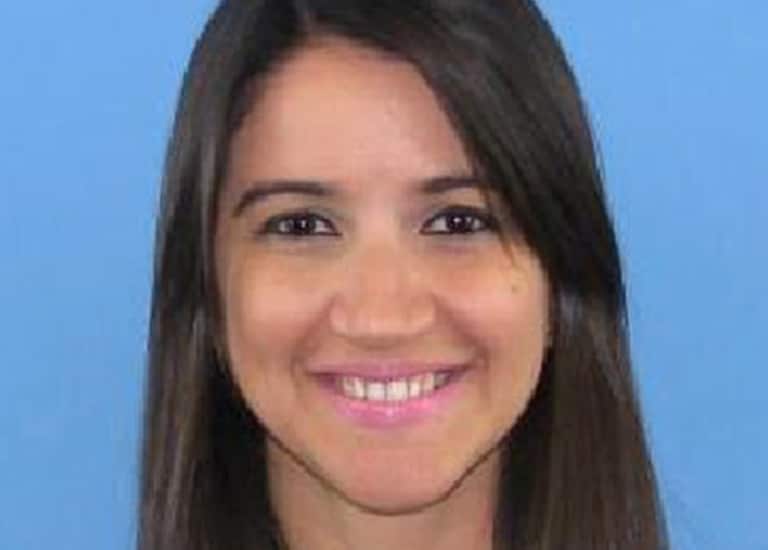
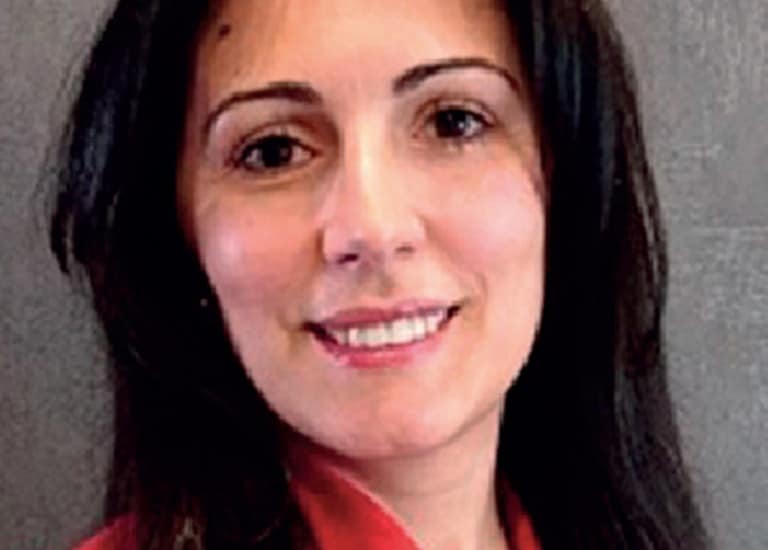

Now we know what the experience was like, the next question is to discover the most positive conclusion they drew from the new model and what they expect from it, what they feel it can do for them. In this case, these are some of the opinions:
Andrea Cuadrón Moreno,
internal auditor at MAPFRE ASISTENCIA
Alfonso Jiménez García-Perrote,
MAPFRE RE underwriter
Alinea del Pilar Melliz Rojas,
sales manager, Peru
Eleonora Ruggi,
Sales CC Chief SPV and Back Office Chief SPV, Verti Italy

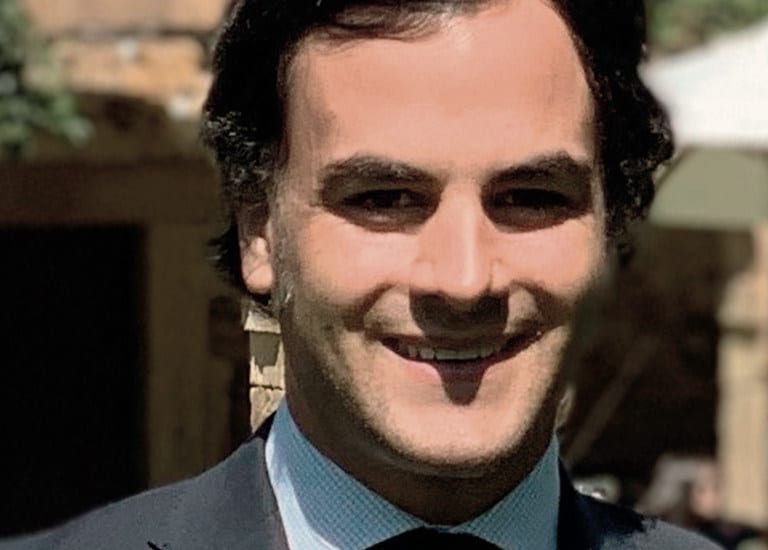
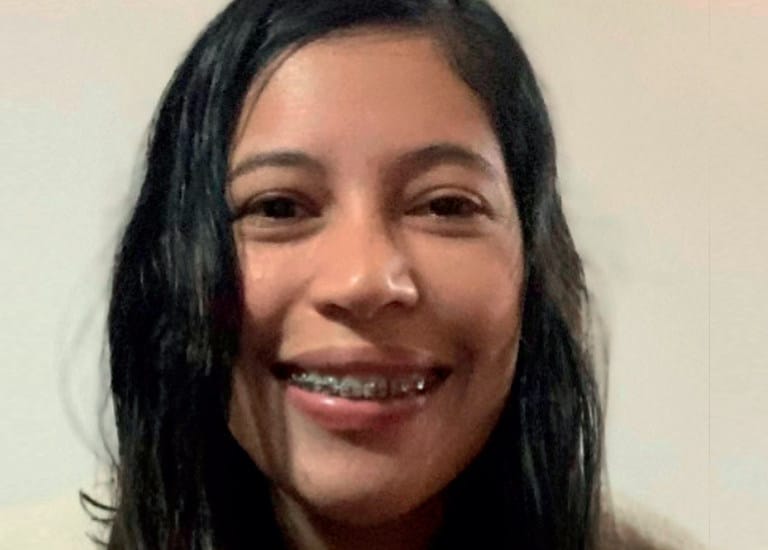
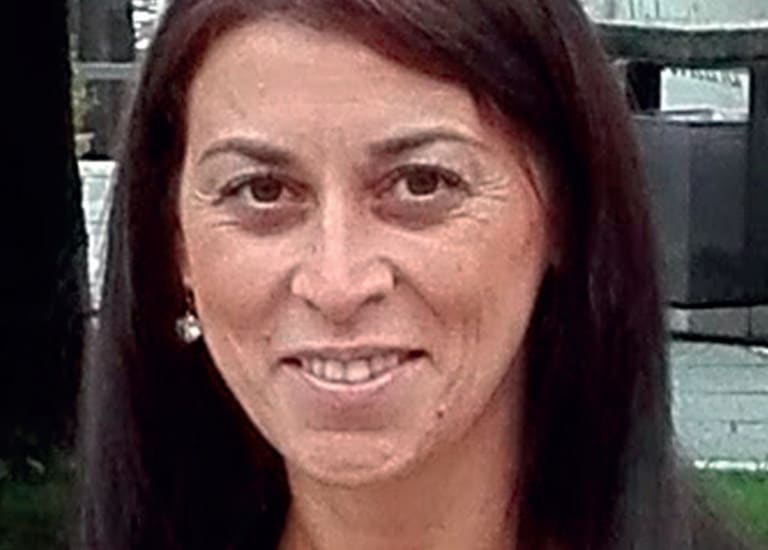
The most positive aspect
At this moment in time, most countries are performing a 360º evaluation. At this point in the model, the challenge is to be as objective, impartial and fair as possible. Bear in mind that, on the basis of how you rate a colleague or someone who is on your team, you will be helping them grow professionally.
Marco André Araújo Parra,
Issuing & Renewal assistant manager, Peru
Catarina Paiva,
Training Team in Portugal
Ana Maria Lázaro Gutiérrez,
chief technician, MAPFRE RE
Ana Isabel Rodriguez Jimenez,
Marketing technician, MAPFRE ASISTENCIA
Jennifer Ortiz Delgado,
Sales Office underwriter in Puerto Rico
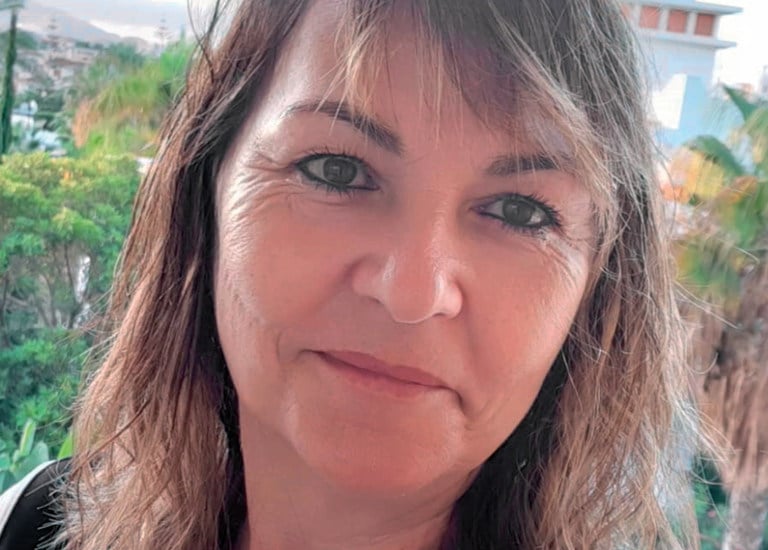
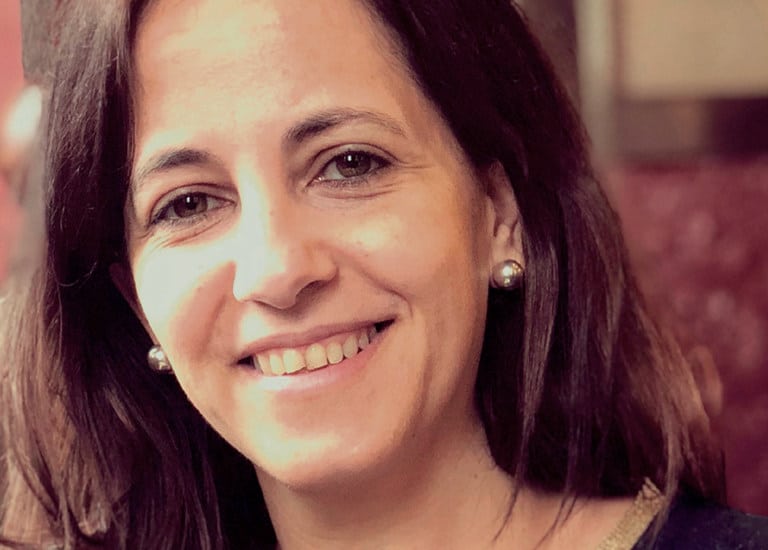
I believe that, in general, we lack that culture of evaluation, if we can call it that. We must set aside our prejudices regarding criticism and always consider it to be positive and constructive.”
Ana Maria Lázaro Gutiérrez,
chief technician, MAPFRE RE
This is important for the one who has to give the feedback to someone, since it means that, as a supervisor, it is necessary to incorporate the input of peers and internal clients into our rating process. Feedback is expected to provide answers or information, not just from the viewpoint of the supervisor, but rather about the whole process. As a result, we must combine all the input we receive throughout the process into the final feedback process.”
Javier Solís Montalva,
Territorial CEO of the Catalonia-Balearic RGM in Barcelona
Jorge Enrique Rojas Nieto,
family assistant at MAPFRE Servicios Exequiales, Colombia
Andrea Cuadrón Moreno,
internal auditor at MAPFRE ASISTENCIA
Eleonora Ruggi,
Sales CC Chief SPV and Back Office Chief SPV, Verti Italy

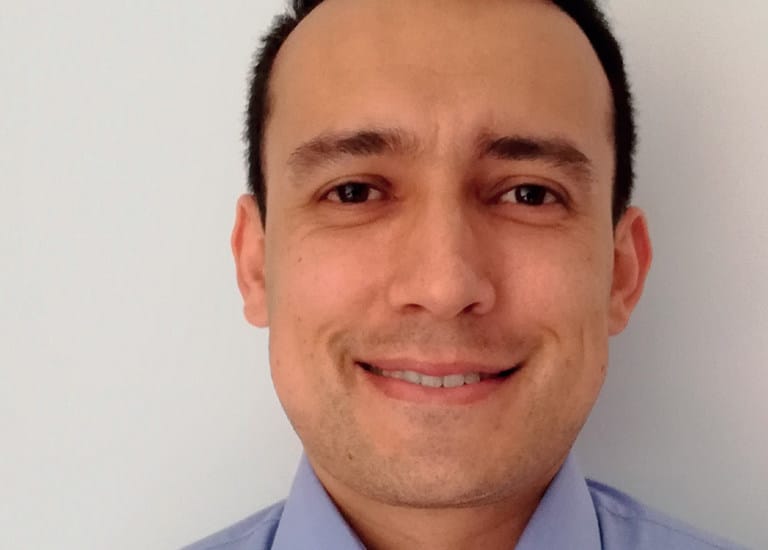
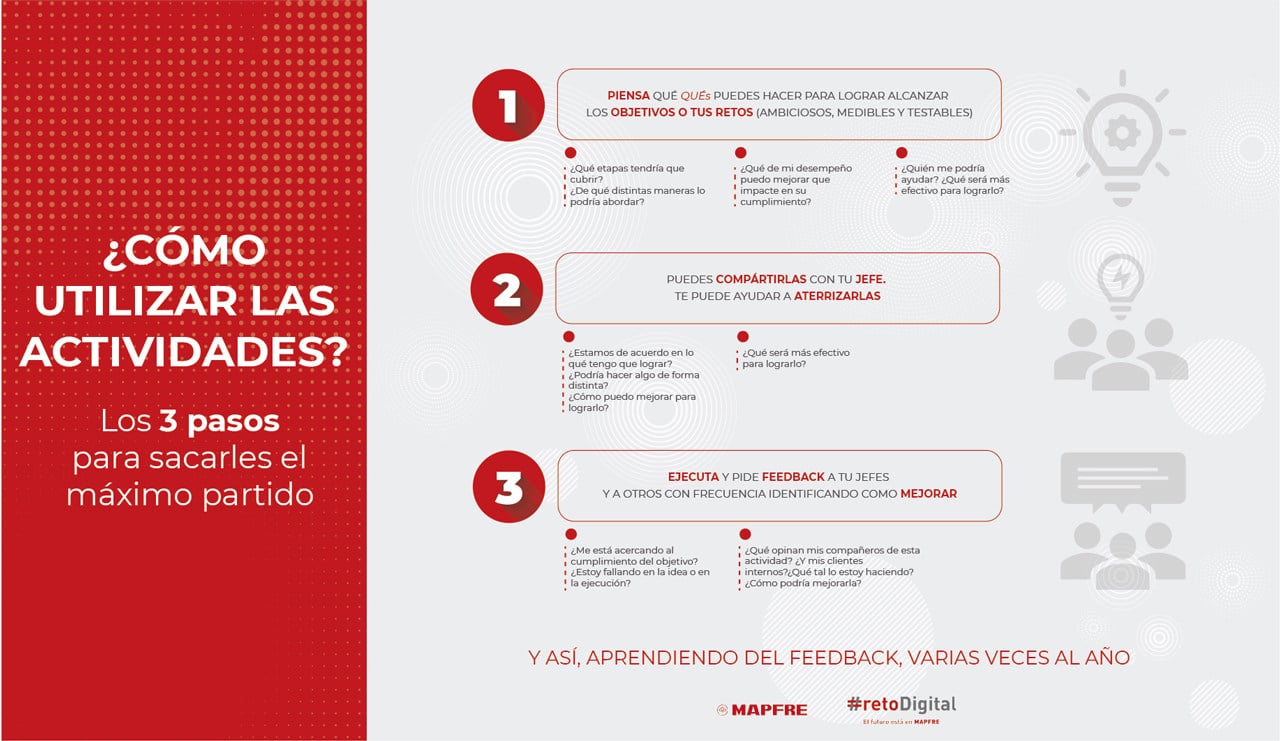
Ana Isabel Rodríguez Jiménez,
Marketing technician, MAPFRE ASISTENCIA
Andrea Cuadrón Moreno,
internal auditor at MAPFRE ASISTENCIA
Javier Solís Montalva,
Territorial CEO of the Catalonia-Balearic RGM in Barcelona
Alinea del Pilar Melliz Rojas,
sales manager, Peru
Daniel Jiménez Muñoz,
Human Resources manager at MAPFRE ASISTENCIA
Alfonso Jiménez García-Perrote,
MAPFRE RE underwriter
Jennifer Ortiz Delgado,
Sales Office underwriter in Puerto Rico
Marco André Araújo Parra,
Issuing & Renewal assistant manager, Peru
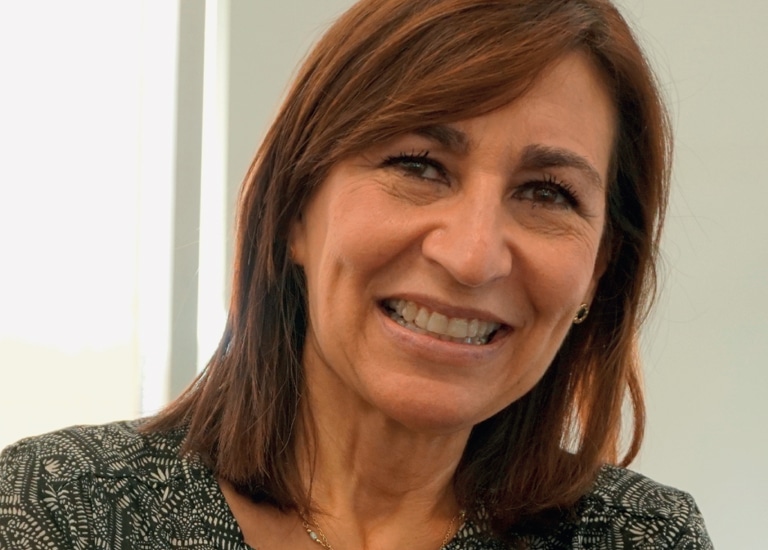

What can we improve
The role of People and Organization
The performance evaluation is a process which applies to all employees, but the area directly responsible is Human Resources. These teams have encouraged and boosted the adoption of this model among all our employees. “At MAPFRE, we are driving a change that entails a thorough transformation of ourselves as professionals; we now have to move forward and become the protagonists of our own DEVELOPMENT. To do so, within the framework of #Digital Challenge, we have changed our performance evaluation model,” as Raquel Arenal Benito, Talent manager at MAPFRE ESPAÑA, explains.
This new evaluation model should be viewed as an organization-wide process that has to be embraced by us all, regardless of our position, given that each and every one of us must be fully committed to the success of the project. In such a way that, thanks to this process we all win: employees and the company.
Mónica Henao Pérez, manager at MAPFRE COLOMBIA puts it this way: “From the Human Resources area, we are confident that this new performance evaluation model will make a highly important contribution to our employees’ development, making them the protagonists from the very moment they initiate their activities, with the possibility of being connected with, and receiving continuous feedback from, the different areas and people with whom they work on a daily basis. As well as the focus on objectives and behaviors, possessing such a simple, innovative tool makes each person aware of their key contribution to the achievement of the organization’s goals. We can thus work in an aligned, collaborative manner, all committed to the MAPFRE strategy.”
We cannot end this article without launching two messages:
- A big thanks to all those who participated and offered us their views so we could compile this feature. Their generosity helps us continue promoting the evaluation performance model among all our colleagues
- We suggest you also consider giving us your opinion of the new performance evaluation model. Telling us what you think will enable us to keep improving it. You can do so via this mailbox: intranet.global. personas@mapfre.com
If you would like to find out more about MAPFRE’s Performance Evaluation, you can seek the topic on the global intranet. It is called Evaluation and can be found in the People Space, at: My Development‑Performance Evaluation.
How can the new performance evaluation model benefit you?
YOU ARE ULTIMATELY RESPONSIBLE FOR YOUR DEVELOPMENT Through your endeavor and commitment.
YOU HAVE GREATER AUTONOMY AND A MORE ACTIVE ROLE IN BUILDING YOUR PROCESS How? Once you have established your objectives, you yourself determine your activities for the individual objectives and the collective objectives — of the projects on which you are collaborating — or other projects you take on during the year. These activities will help you achieve your goals throughout the year.
You need to reflect on what those activities should be (which you should not confuse with your daily/weekly tasks…) and review them every quarter, to make sure you fulfill them, or else modify them where necessary, asking others for feedback on how you are carrying them out. That constant feedback from your colleagues is the most innovative aspect of this model, given that we did not include it before. Over 52,000 activities were created last year.
In the case of the 360º evaluation, you are going to help build your 360º process by proposing the people you feel should participate in the internal client and peer groups.
THANKS TO ONE SINGLE TOOL YOU CAN ACCESS FROM THE GLOBAL INTRANET




